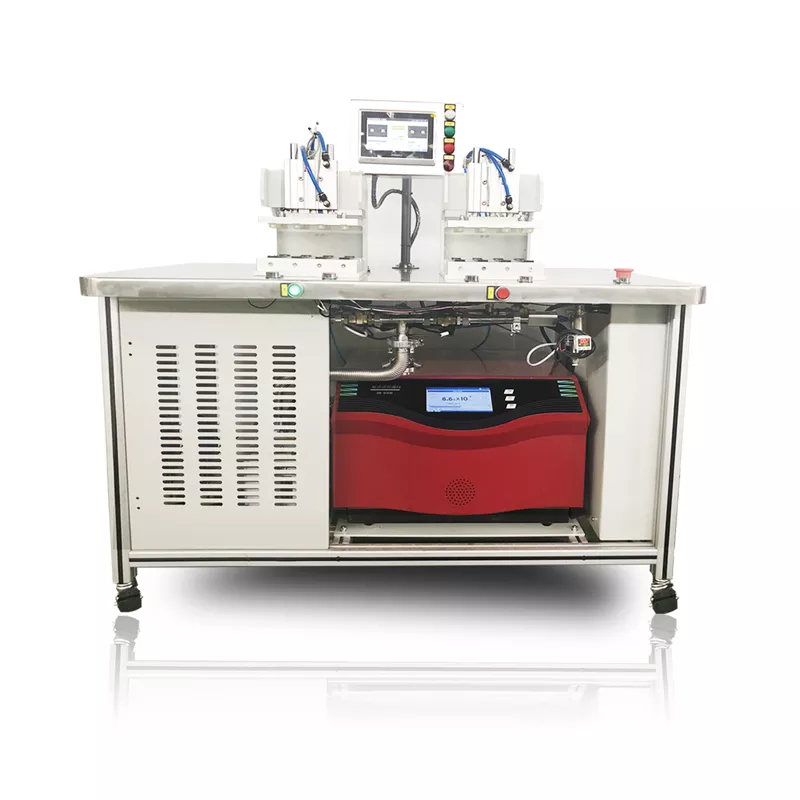In the realm of modern science and technology, the demand for precision instruments is ubiquitous, especially in industrial production and scientific research. One such widely employed precision instrument is the Helium leak detector, which plays a crucial role in tracking and diagnosing Helium leaks in various scenarios. This article delves into the working principles, application domains, and future development trends of Helium leak detectors.

Working Principles of Helium Leak Detectors
The core principle of Helium leak detectors lies in utilizing the unique properties of Helium to detect leaks. Helium is an extremely stable, non-combustible, and non-toxic inert gas, with minuscule molecular size. This enables Helium to penetrate through most materials, even those impermeable to conventional gases. Leveraging this property, Helium leak detectors inject Helium into systems or equipment where leaks may exist and then employ sensitive detectors to trace Helium's leak path. Upon detecting Helium, the detector triggers an alarm, indicating the presence of a leak.
Application Domains
Helium leak detectors find widespread applications across various domains, including but not limited to:
- Industrial Manufacturing: In industrial production, various equipment and pipeline systems require regular inspection to ensure leak-free operation. Helium leak detectors can rapidly and accurately pinpoint minuscule leaks, aiding manufacturers in enhancing production efficiency and product quality.
- Aerospace: The aerospace industry demands stringent gas-tightness requirements, as even minor leaks can lead to severe consequences. Helium leak detectors are extensively utilized in the inspection and maintenance of aircraft, rockets, and spacecraft, ensuring gas-tightness and safety.
- Semiconductor Manufacturing: Semiconductor industries demand high levels of cleanliness, necessitating the use of Helium leak detectors to inspect various sealing systems and vacuum pipelines, ensuring no gas leaks occur during the production process, thereby guaranteeing chip quality and stability.
- Medical Devices: Gas leaks in medical equipment can pose serious hazards to patients. Therefore, Helium leak detectors are widely employed in hospitals and medical facilities to detect leaks in gas delivery systems and medical gas equipment, ensuring patient safety.
Future Development Trends
As scientific and technological advancements continue, Helium leak detectors are evolving and improving. Future development trends may include:
- Enhanced Sensitivity and Precision: With advancements in detection technology, future Helium leak detectors will be capable of detecting even smaller leaks, thereby improving detection sensitivity and precision.
- Smartization and Automation: Future detectors may integrate artificial intelligence and automation technologies, making the detection process smarter and more efficient, reducing the need for manual operation.
- Multifunctionality: Future Helium leak detectors may possess additional functionalities, such as simultaneously detecting multiple gas leaks, recording, and analyzing leak data, to meet the diverse needs of various domains.
- Environmental Sustainability and Energy Efficiency: Future detectors may prioritize environmental sustainability and energy efficiency, employing more efficient energy utilization and emissions reduction measures to minimize environmental impact.
Helium leak detectors, as critical precision instruments, play an irreplaceable role across various domains. With ongoing technological advancements, they will continue to play a significant role, evolving and improving to meet the ever-changing demands.

